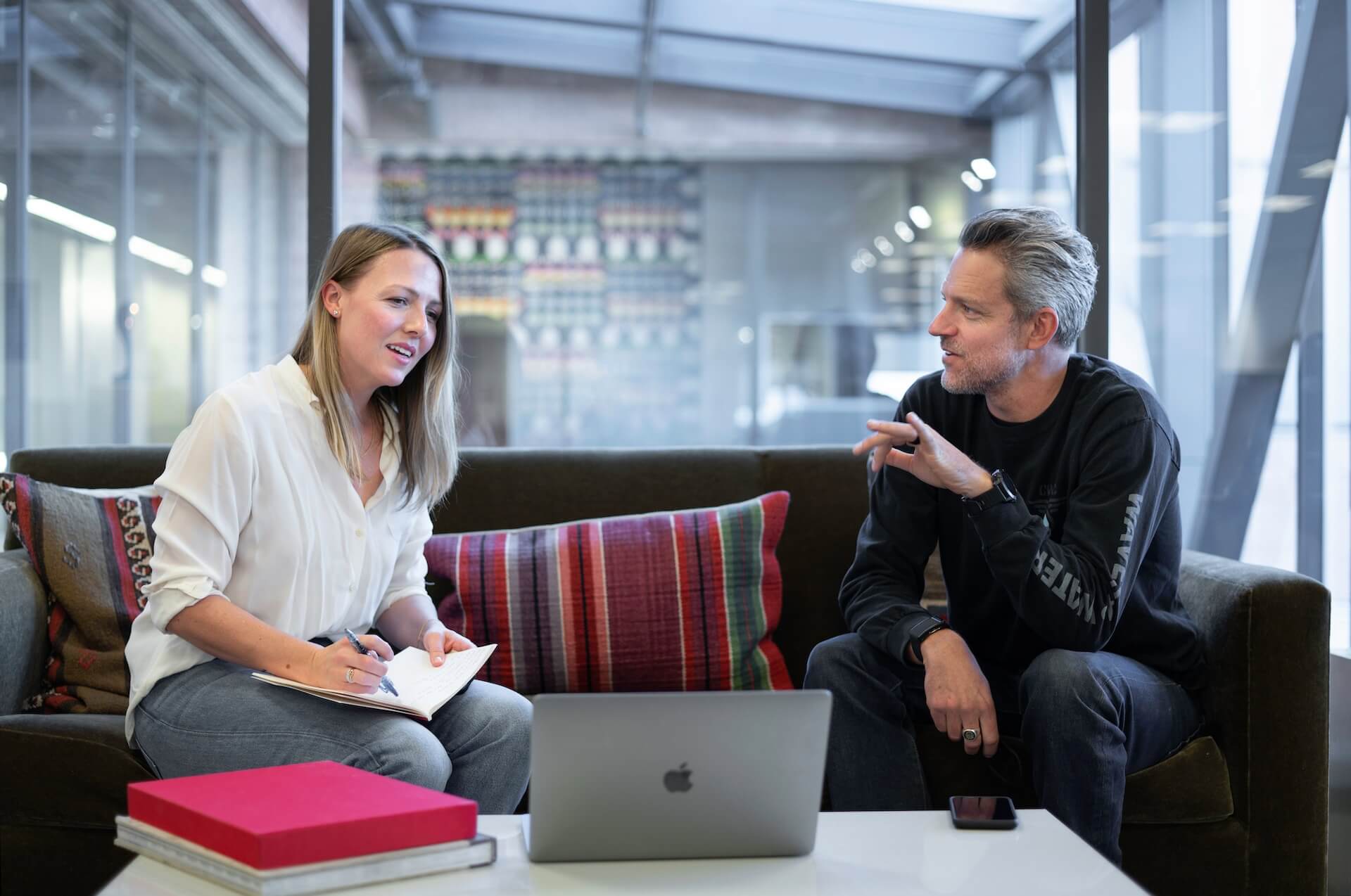If you're an HR or a company manager, you understand the hassle of scheduling hundreds of interviews every day. Gone are the days when you had to use the old-fashioned pen-and-paper method to jot down the candidate's answers.
There's no need to listen to recordings back and forth to understand how the candidate answered your question. With the help of AI summarizers, you can summarize and create an interview report within a few minutes.
I have tried summarizing both manually and automatically to provide you with firsthand knowledge of how to make interview summarization a breeze.
In this article, I'll walk you through the steps to summarize an interview with editable templates. Also, I'll reveal an AI summarizer that can generate an interview summary in minutes.
What is an interview summary?
As the name defines, the interview summary means scanning the content and writing a shorter version of the conversation.
Since it is not practical for the recruiting team to pass on the entire interview conversation to others. They prefer summarizing the discussion into a written summary, which can then be shared with others.
The primary benefit of creating an interview summary is that it lets you save time. A reader understands how tough it is to read long paragraphs. It not only leads to time wastage but also hampers productivity.
For this reason, people prefer reading summaries. A well-crafted summary can convey necessary information quickly and effectively. It can help improve the decision-making process, ensuring everyone can access the required information with a single click.

How to summarize an interview step-by-step?
As mentioned above, an interview summary is easy to scan and share. It typically covers the major points discussed with the candidate. But how to create an interview report? Or, what should you include in the summary? Fret not; this section reveals a step-by-step process to summarize interviews manually.
Step 1: Refer to the interview recording or notes
The first and foremost thing you'll need to do is refer to the interview information. It can be an audio recording over the phone or a video recording of a virtual meeting conducted on Zoom, Microsoft Teams, Webex, or Google Meet.
If you've got a video recording locally stored on your device, consider generating a transcript. Interview transcription software can help you convert spoken words into readable text. You can then highlight the main ideas and themes that need to be included in the summary.
Step 2: Note down the key takeaways
The next point is to write down the most important key takeaways from the interview. You can create short bullet points that focus on the major themes.
The best method is to create notes of how confidently the candidate answered the questions. Instead of interpreting anything, focus on how their answers connected to the topic.
Step 3: Prepare summary format
The third step is to pick the format of your summary from the three main types: multi-paragraph, paragraph-long, and Q&A format.
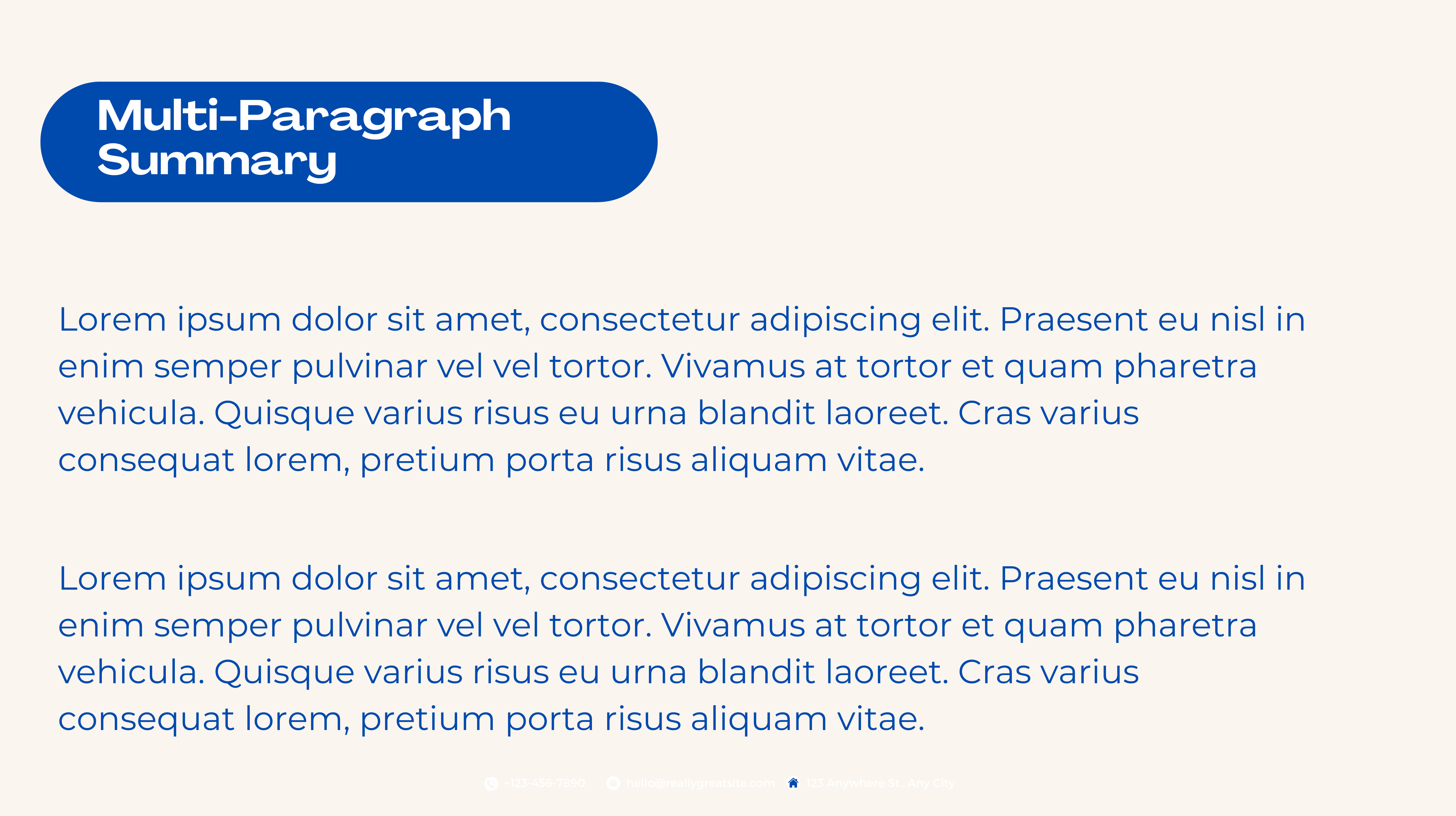
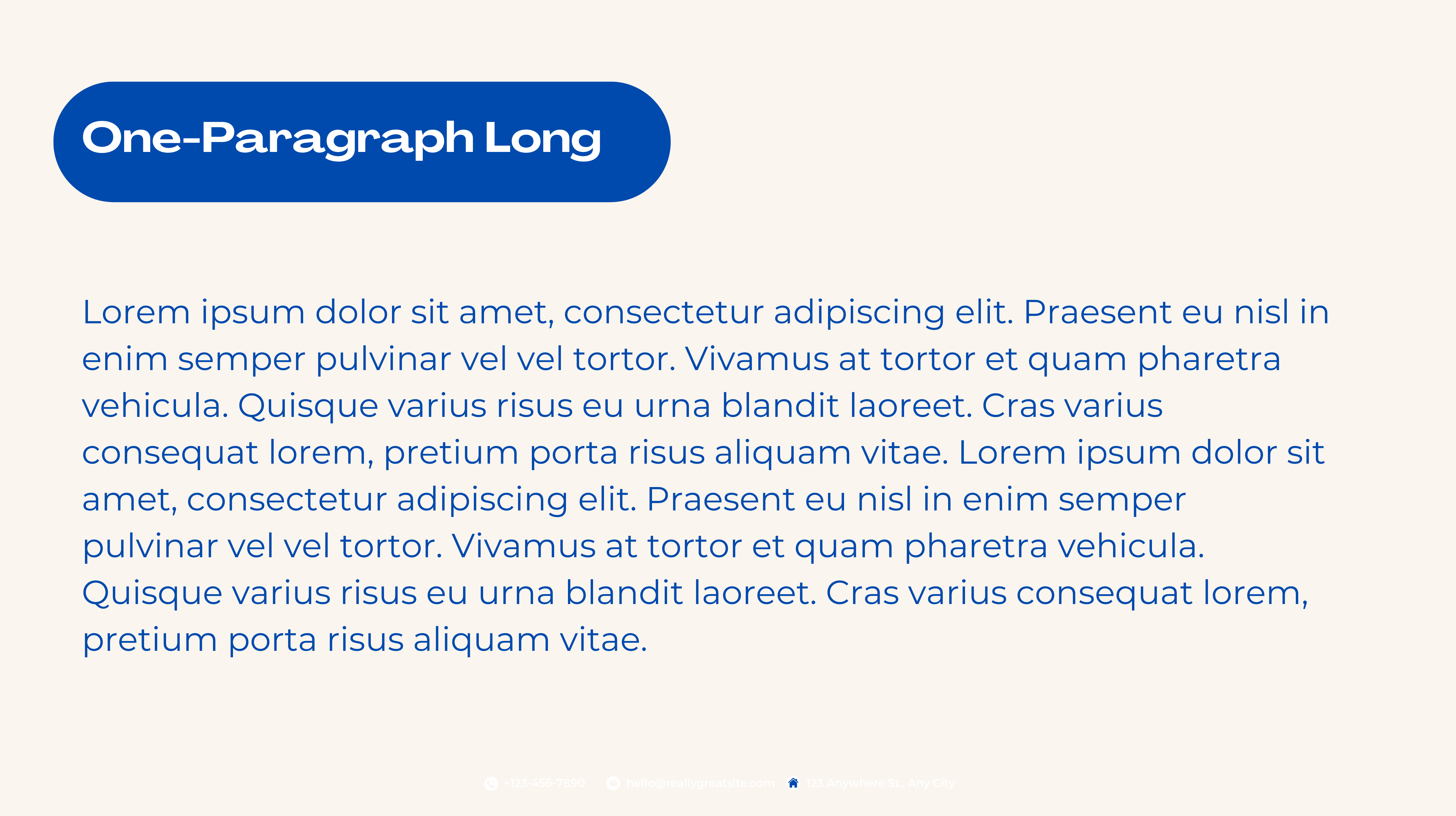
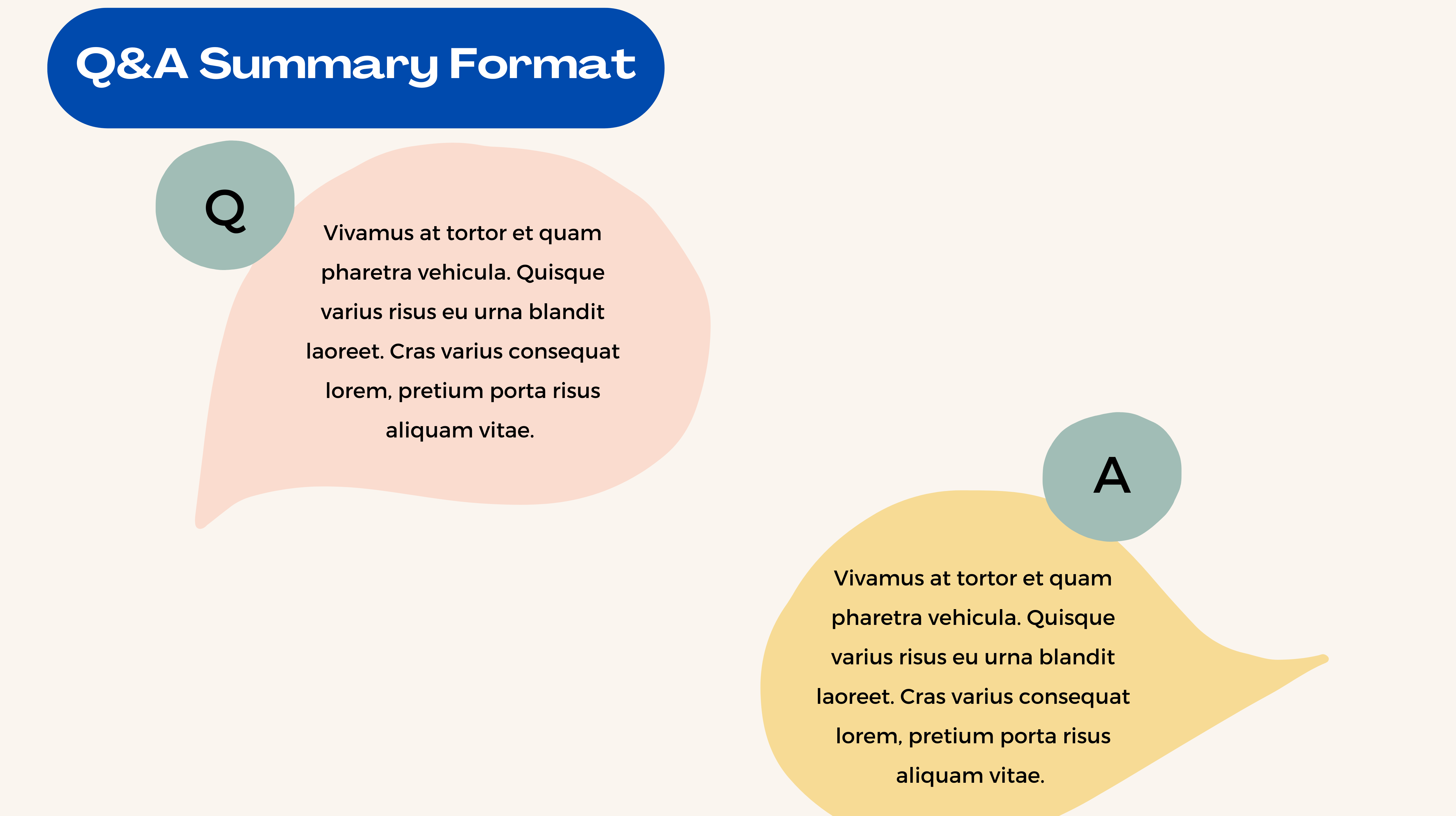
Introducing Notta's New AI Templates! Simply select the template that best fits your needs, and watch as Notta transforms your raw notes into polished, concise summaries. Your time is precious – let Notta help you make the most of it. Give Notta's AI Summary Templates a try today!
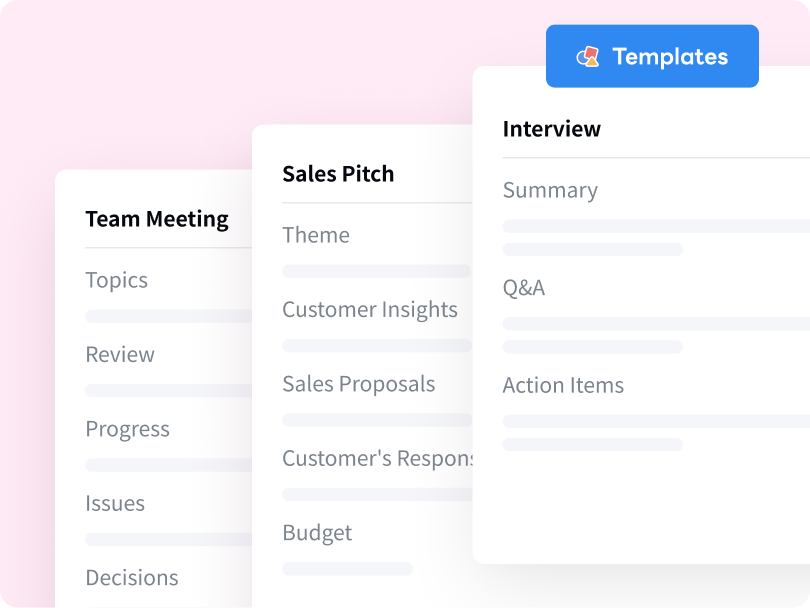
Step 4: Write in a formal tone
Assuming that you're summarizing a job interview, keep the tone formal. For instance, instead of using words like cool, use a similar formal version such as relaxed.
Besides, you need to focus on using neural phrasing. For instance, if you want to say, 'The candidate was picky in his job preferences.' Instead of using a negative connotation like picky, consider a more neutral word like 'selective.'
Step 5: Give the context in the first paragraph
Rather than beating around the bush, start the summary with a strong statement. Clear the context by giving the introduction of the candidate in the first paragraph.
The best way to start the paragraph is by writing the name of the candidate with the position they are applying for. For example, 'Dave is interviewing for the position of Senior Writer. He has completed his master's degree in creative writing and has 2 years of experience as an associate writer.'
Step 6: Add the following paragraphs
Now you can write the other relevant details that the reader must know about the candidate. It can include the expansion of previous roles they handled, any certifications, etc.
You must order the information based on the priority level. You can add bullet points wherever necessary to emphasize important details in the middle.
Instead of adding direct quotes from the interviewee, paraphrase their answer to make things short and succinct. While paraphrasing is necessary, you should rewrite the sentences by adding your own thoughts or outside reactions.
Step 7: Add the key takeaways
End the interview summary with strong key takeaways and emphasize any important details. If you want to add your opinions or suggestions, include them here.
For instance, you can write how confident the candidate was, their interest in the position, and more. This will help the reader get more clarity of what you think about the interviewee.
Step 8: Proofread the report
Once you've completed the summary, proofread it to avoid any mistakes or typos. An error-free summary will show your professionalism. If you want to automate the process, consider using an AI spelling and grammar checker.
Capture every detail with AI meeting notes
Notta offers the most integrated AI meeting notes, summaries, and action items so nothing gets missed.
Interview summary examples
When creating an interview summary, you'll need to do legwork and gather information. If you want to get started in no time, here are a few interview summary examples and templates.
Here is a sample of the interview summary.
[Name of the candidate]
[Candidate's contact information]
[Date and location of the interview]
[Your name and position]
[Introduce the candidate, their education, and the role for which they've applied]
[Summarize the responses of the candidate]
[If necessary, include any relevant information or expand on the candidate's previous experience]
[Your recommendations or comments on the candidate]
[Your name, date, and signature]
Job interview summary example
A job interview should include the purpose and necessary information in a few sentences.
Here's a sample of a job interview summary.
[Candidate Name]
[Date]
[Purpose of the interview]
[Introduce the candidate and how their skillset matches the job description]
[Write about the candidate's skills, abilities, and knowledge]
[Who they are]
[Why they should/should not be hired]
[Goal of the interview]
[End the summary with key takeaways of the interview]
[Write your recommendations]
Best Regards,
[Your Name]
Interview summary report example
Here is an interview summary report example and template you can use to create the content.
Company Name: Interviewing the Candidate
[Summarize who you interviewed and why.]
[Use bullet points to write the remaining information.]
[Candidate background]
[Skills, abilities, and competencies]
[Relevant examples]
[Future prospects of the interviewee]
[Next, you need to focus on the main points in the right format.]
[If you want to write any point in detail, add the section here.]
[Conclude the summary and add the major takeaway from the interview.]
[Here you can write any recommendation.]
Best Regards,
[Your Name]
Example:
XY Company: Interviewing the John Cross
John Cross's education includes a bachelor's degree in writing, which is a requirement for the position of Content Manager. His experience includes working as a senior writer for over seven years.
Before applying at XY, the candidate worked with YZ company for over three years as a senior writer.
His role and responsibilities at the previous company included creating authentic content and managing the publishing process.
He had worked closely with the designer and other team to ensure smooth operation.
John has demonstrated excellent interpersonal skills and good judgment, with a keen interest in the position.
I'd recommend we conduct the next interview round with John to see if he aligns with the company's requirements.
Best Regards,
Paul Wilson
Create your interview summaries with Notta
If you want to transcribe and summarize meetings faster and more accurately, consider using an AI transcriber and summarizer. Notta believes in saving your precious time by automating tasks.
With Notta, you can record the interviews and capture the conversation for later reference. All you need to do is go to the Notta dashboard and click 'Record an audio' or 'Record a video.'
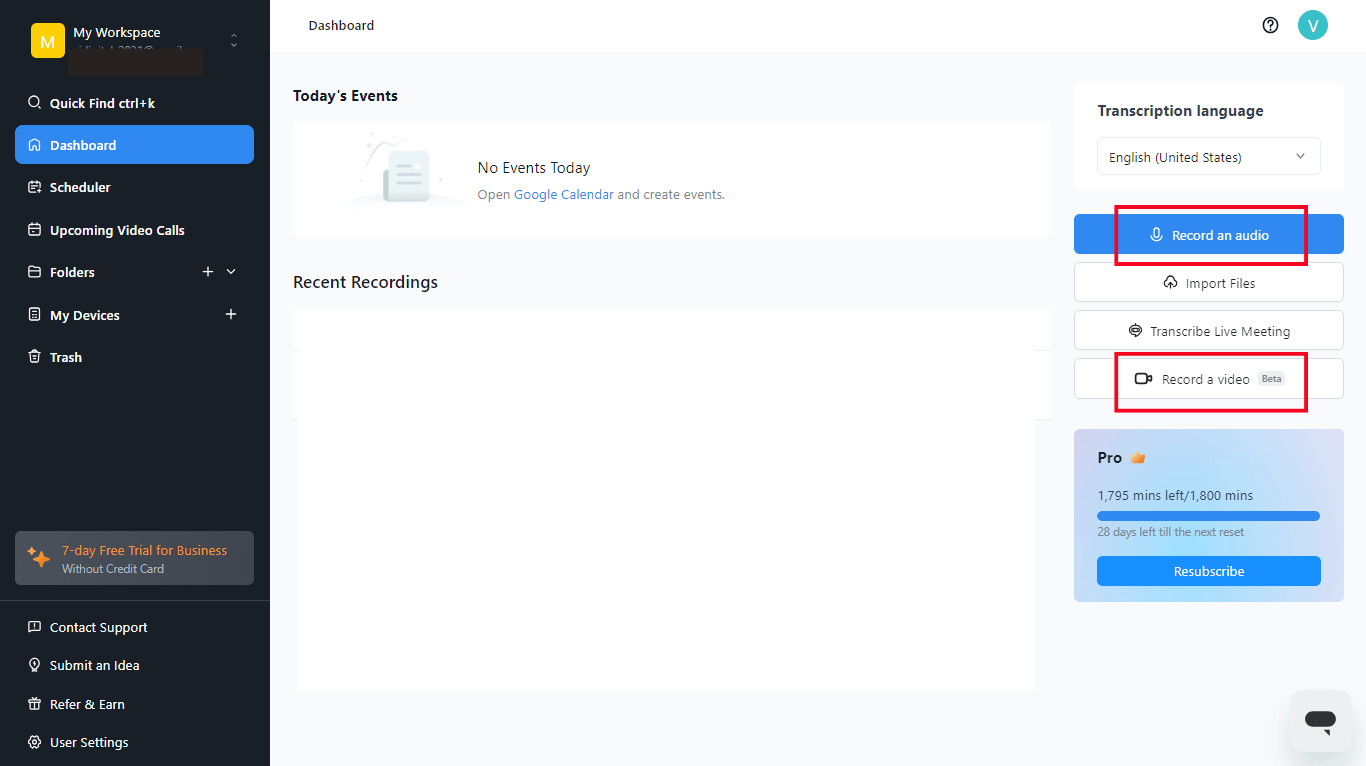
Choose how you want to record: screen only, camera only, or both camera and screen. Select 'start recording,' and you're all set to record the interview.
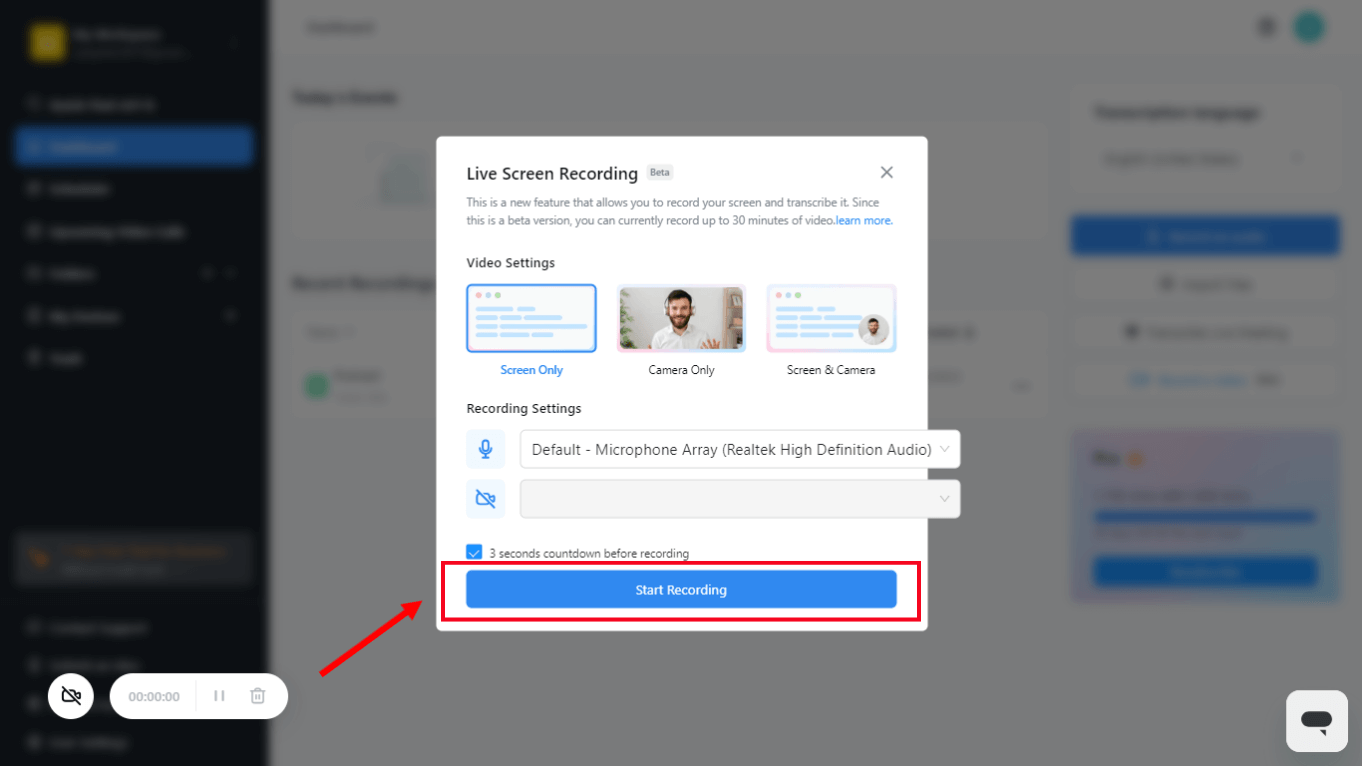
Now that you know how to record interviews using Notta, let's reveal how the AI tool helps you during transcribing and summarizing.
The voice-to-text software can improve your overall productivity and summarize interviews with a few clicks. Simply upload the interview recording (audio or video) and click transcribe. Within a few minutes, you can generate interview transcripts in real-time.
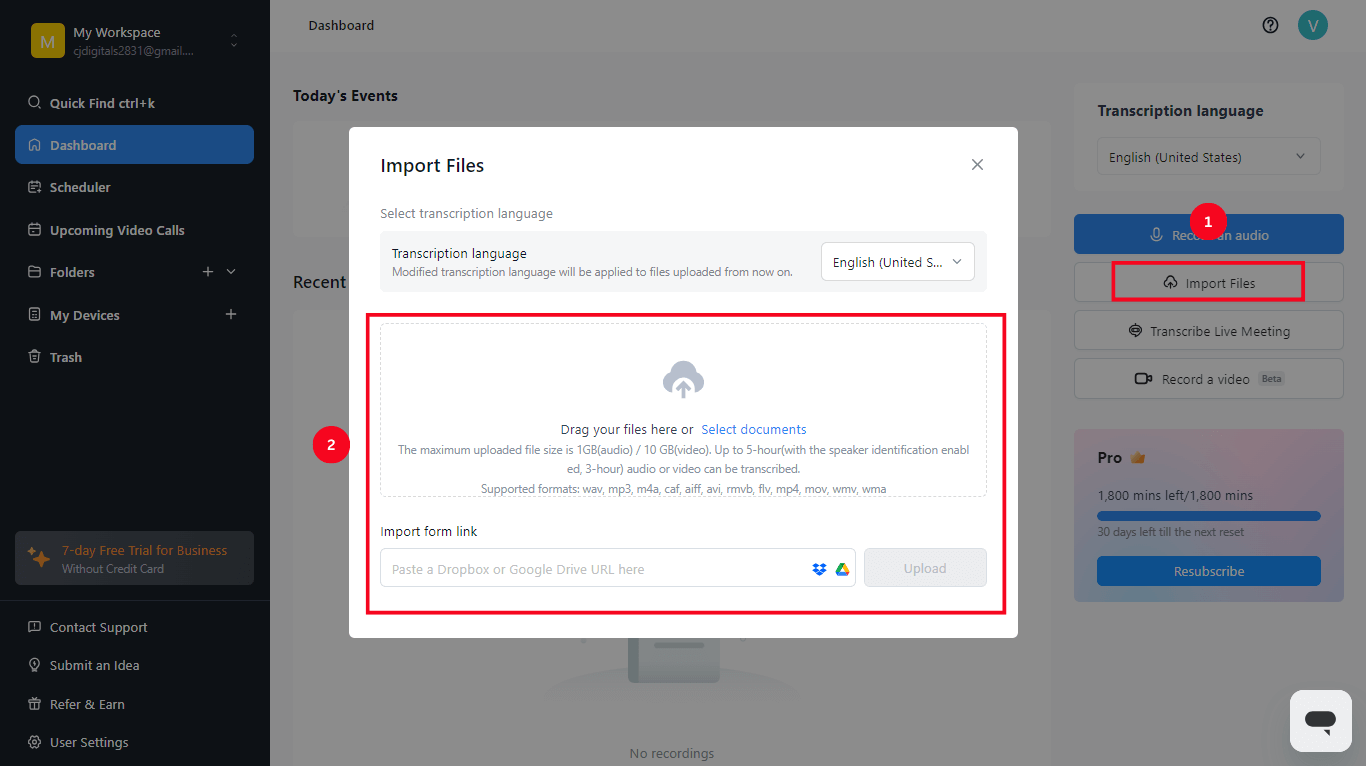
Once the meeting is transcribed, choose a summary template to summarize the interview. The generated AI summary will include chapter and action items to emphasize the most important points.
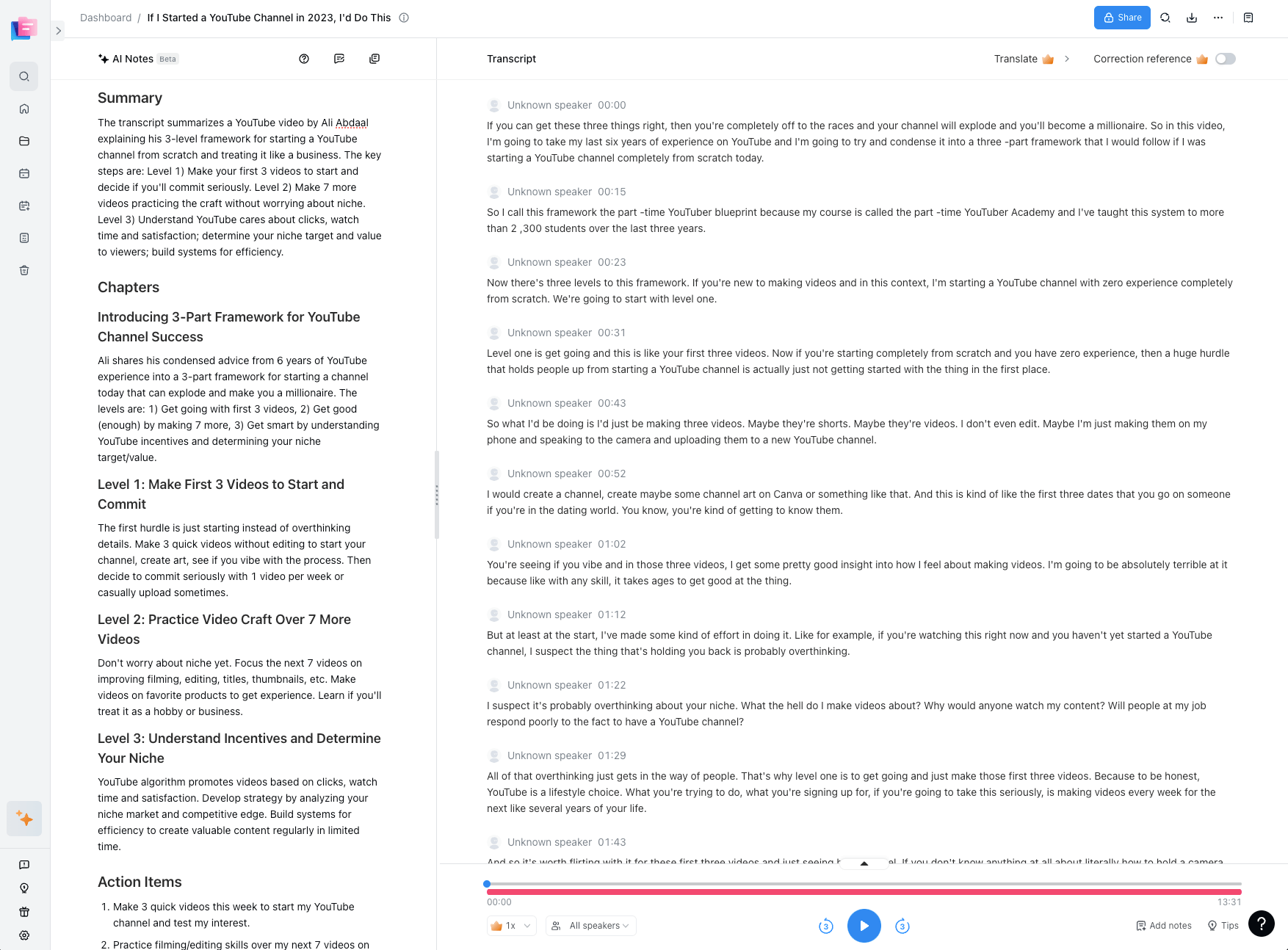
What differentiates Notta from other AI tools is its high accuracy of 98.86%. It supports 58 transcription languages, making it highly versatile and accessible for every team. For more information on how to record, transcribe, and edit interviews, check out our detailed article.
Transcribe and summarize interviews in minutes
Notta can convert your spoken interviews and conversations into text with 98.86% accuracy and extract key insights from the long transcripts. Focus on conversations, not manual note-taking.
FAQs
How do I write a good interview report?
An interview report involves recorded detailed information, facts, and subjects about the discussion between the interviewer and the candidate. Here are a few tips to write a good interview report:
You should focus on gathering and including the relevant information about the interviewee. Always research before and have your material ready.
The writing style of the report can vary depending on the audience. For instance, the interview report written for a magazine article will have a different tone than an interview for the recruiting team.
Follow interview summary examples and templates to create concise reports that meet the reader's needs.
Complete the template with the necessary details immediately after the interview is over. This is because the experience will be fresh in your mind, helping you quickly wrap up the report.
What is the summary of the candidate interview?
A candidate interview summary represents a document made by the interviewer after the interview ends. It typically includes the information and data shared by the candidate during their screening.
Some main points covered in the report include the candidate's name, location, skills, interest in the job position, and the answers they have given. Basically, the summarized information gathered by the interviewer is called a candidate interview summary.
The primary goal of the summary is to help the hiring manager and the entire recruiter team figure out if the candidate is the right fit for the company.
Why is an interview summary important?
Companies conduct one-on-one interview sessions to see if the candidate fits their needs. Summarizing those sessions into bite-sized texts helps the interviewer share the experience with others.
Let's reveal some benefits of interview reports.
The summary offers a searchable record of events, so anyone can access the information they need.
It helps the recruiting team make the hiring decision faster.
Unlike lengthy reports, summaries are easy to share and scan.
Key takeaways
An interview summary is a short version of the important things discussed in the interview. It is generally a paragraph in length, but it contains the content and information from several paragraphs.
If you are struggling to record, transcribe, or summarize interviews, try Notta — an interview transcript software. The intelligent transcription software summarizes interviews in real-time with speed and accuracy.
